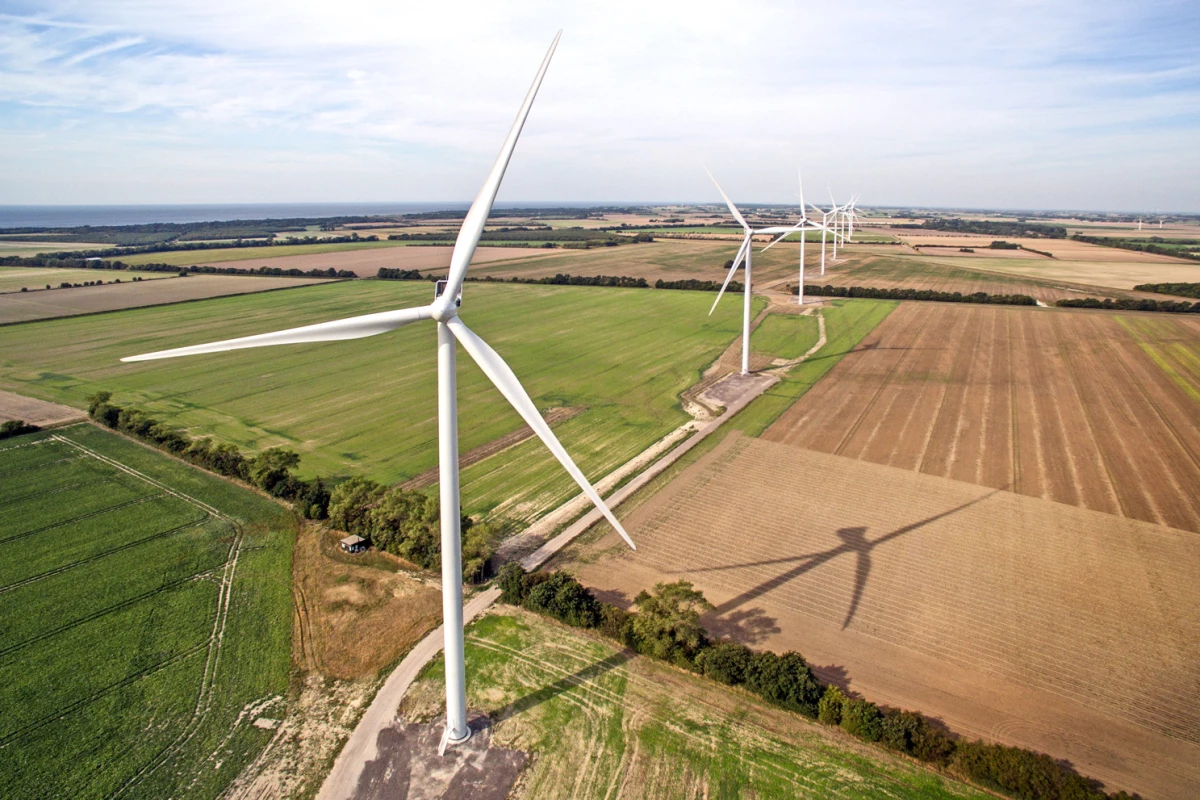When a wind turbine reaches the end of its working life, components like towers and nacelles can be recycled but blades often end up in landfill. Vestas is looking to commercialize a new chemical process that can break down all epoxy-based turbine blades for reuse.
Harvesting wind is already roving to be an important part of the renewable energy mix, with more projects coming online and larger turbines being produced. Unfortunately, when turbine blades come to the end of their operational lives, they end up as waste in landfill. And this is a big problem, with WindEurope estimating that around 25,000 tonnes of turbine blades will be retired annually from 2025, which could increase to 52,000 tonnes by 2030.
We've seen scientists and energy companies come up with new recipes to help make spent turbines recyclable, but the new solution from the CETEC coalition - set up in 2021 by Vestas Wind Systems A/S, the Olin Corporation, the Danish Technological Institute and Aarhus University – could negate the need for blade redesign and reuse all end-of-life epoxy-based turbines currently in use or already in landfill.
"Until now, the wind industry has believed that turbine blade material calls for a new approach to design and manufacture to be either recyclable, or beyond this, circular, at end of life," said Lisa Ekstrand, VP and Head of Sustainability at Vestas. "Going forward, we can now view old epoxy-based blades as a source of raw material. Once this new technology is implemented at scale, legacy blade material currently sitting in landfill, as well as blade material in active windfarms, can be disassembled, and re-used."
The advance hinges on the development of a new chemical process from the Troels Skrydstrup Group at Aarhus University, other CETEC members and project partners. Using widely available chemicals, this process is able to break down epoxy resin and recover it as virgin-grade raw material for use in the manufacture of new turbines or other products.
Having now established a value chain with Stena Recycling and Olin, Vestas will now scale up and commercialize the process.
Source: Vestas




